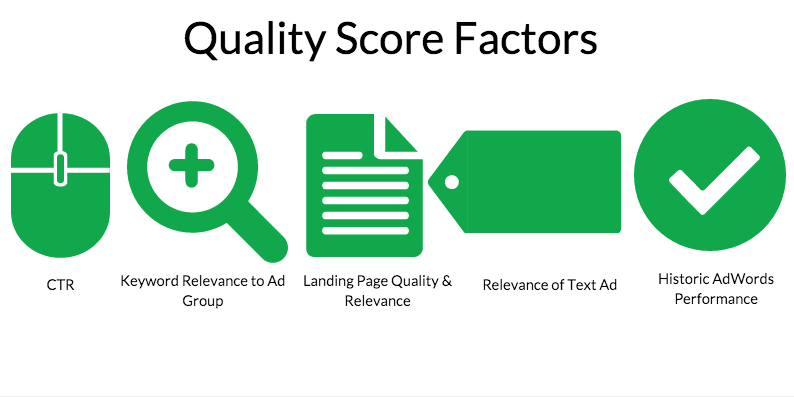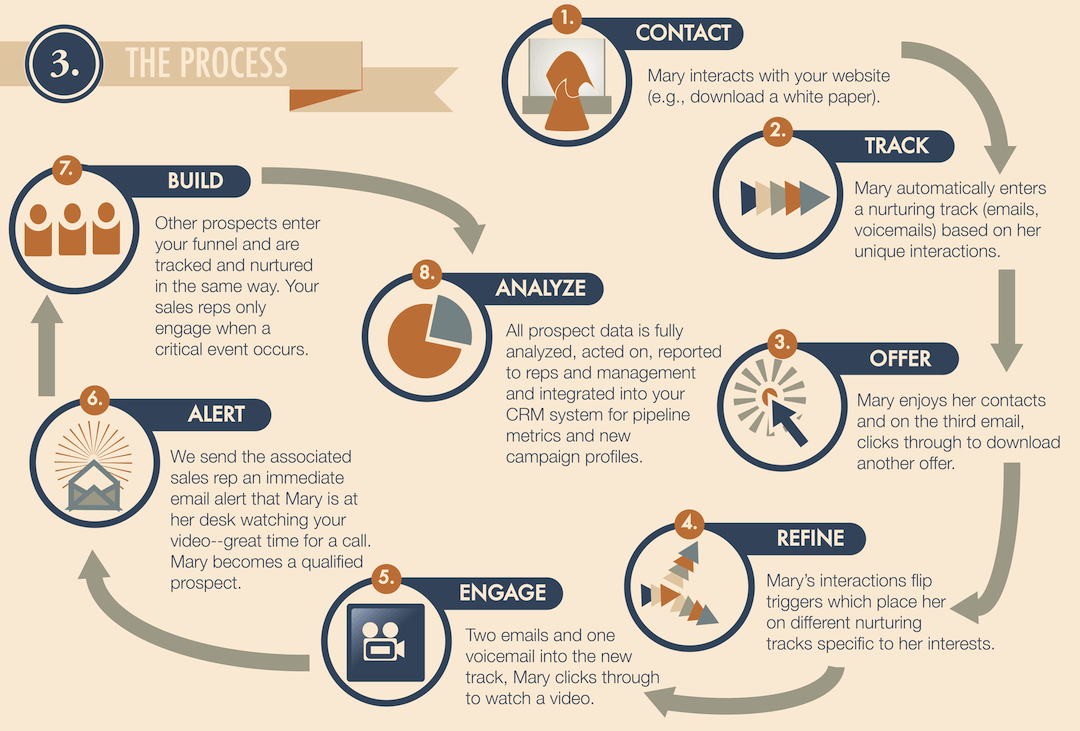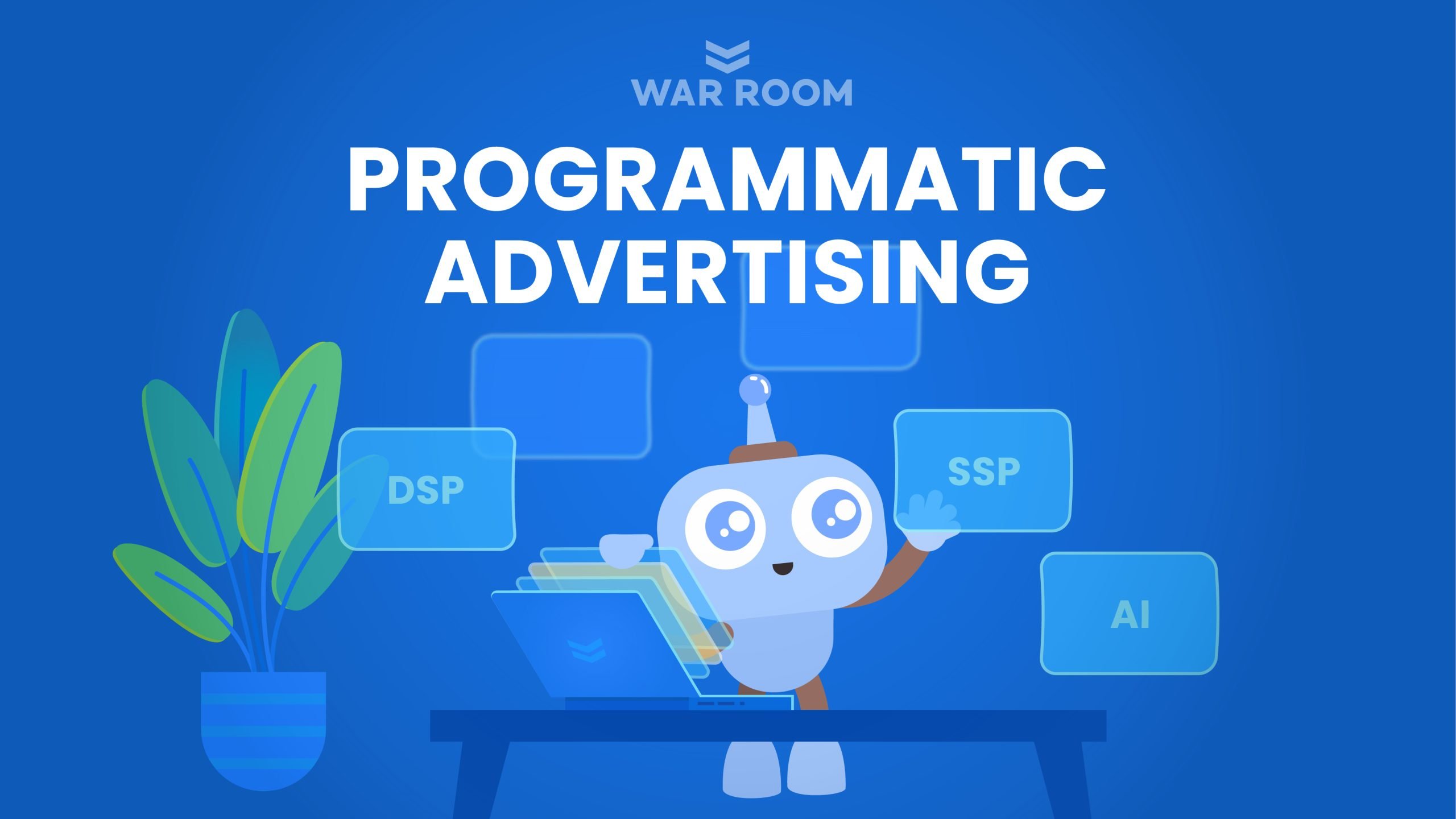The success of your business is a matter of quality and quantity.
Time and time again, we talk about quality score. Why? Why is a high quality score SO important? Why wouldn’t I just focus on my conversion ratings? Why don’t I just focus on lowering my bounce rate? Why aren’t I…
Before you fill in the gap of that ellipsis, think about this:
Having a good quality score reflects ALL of those things.
Google defines quality score as: “an estimate of the quality of your ads, keywords and landing pages,” and that higher quality [scores] can lead to lower ad prices and better ad positioning.
The truth is your quality score is an amalgamation of factors–much like Google’s ranking for company pages.
A strong call-to-action that effectively leads to conversions, and money spent on your services/products. Both of these elements contribute to a better quality score.

Now one of the last things you’re focused on is likely your amount of page views. You probably think that views equate to the superficial jolts spike dopamine levels for teenagers getting an Instagram <3, but truthfully page views are quite important to your SEO ranking, and quality score as well!
The major point here is that when we’re talking about your marketing efforts, it’s all connected.
Think of it like a chain, where every link has to be strong to support the overall system; the difference with marketing and ecommerce is that we’re constantly improving the strength of each link. Sometimes we dip the chain in gold. Other times we take that as motivation to start a rap career. BOTH of which are terrible ideas.
So if your business could use a link in any area, you’ve come to the right post. In this article we’ll delve into the reasons that your bounce rate and page views really matter relative to your quality score.
Bounce Rate & Time Spent
As a recap, bounce rate refers to the percentage of viewers that left your website after viewing one page. For most businesses, you want a low bounce rate; meaning that most customers and site viewers decided to stick around for the good stuff–conversions.
Considering lead nurturing, you’re hoping that in the attraction stage of your content/value proposition, and that your bounce rate stays low based on the changes you make to your site, advertisements, and more.

The common correlation between bounce rate and quality score is that a rate higher than 40% almost always leads to a quality score lower than 7–which isn’t great! The goal for any website is to have a viewer click through as a lead, and become a customer to the service or product that you offer.
In our “Quick & Easy Guide to Bounce Rate“, you can find out more on how to lower it effectively (score!). For now, we’ll focus on how your bounce rate relates to your quality score, and how that effectively improves your marketing efforts.
Page Views
Now I know what you’re thinking: views aren’t everything–making great content is.
You’re completely right, but views still amount to something–a lot, actually–when it comes to your quality score.
If you’re constantly checking your site metrics, you’ll see that as you change body copy, headlines, colour palettes, UX/UI, and more, you’ll notice that the number of views can fluctuate drastically.
As you register your service in a database like Yelp/Google Reviews and have more inbound links, and as you choose different keywords for your page (and your URL), you improve your SEO, off page and on page. This also leads to (hypothetically) more views for your “bid-ness”.

By improving your Search Engine Optimization (SEO) and directing more traffic to your site, you not only increase the chance of turning leads to customers–a la conversions–but also improve your page ranking on Search Engine Result Pages (SERPs). Google’s algorithms can detect this, and it helps to improve your overall quality score as a result!
It’s all connected.
Tie-In To Quality Score, And Why It Matters
These are the obvious benefits, but we have to keep in mind that when it comes to a high score, there are multiple factors that come into play; it’s not just the quality of your ads, but your landing pages as well.

That said, the number of page views you achieve and lower bounce rates are essential parts of getting a better quality score, because they indicate that your services are working for viewers–which Google evaluates for your quality score.
Checking your quality score is easy: examine the “Keywords” tab in your AdWords campaign manager. On the topic of improving your quality score, however, think about taking the numbers you have for page views, bounce rate, CTR, conversions, and more, to try and determine what changes affect them.
For example, a simple tweak to a headline that includes your focus keyword could help to boost your SEO score, which improves your quality score in turn. Or, think about how choosing a focus keyword with low competition and a high search value could improve your page views, which consequently improves your quality score as well!
Be sure to test-test-test, implement changes, and watch the score climb.




